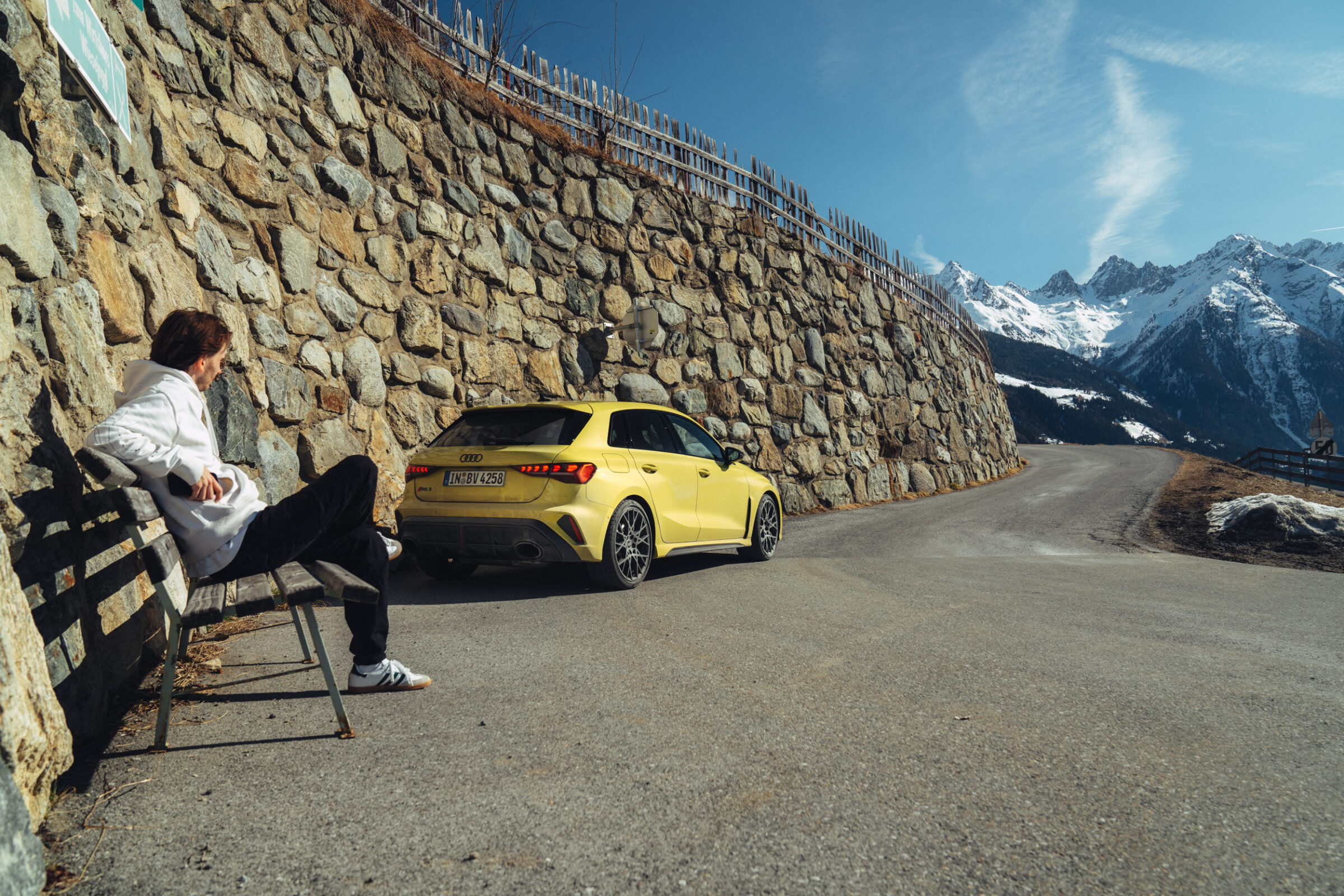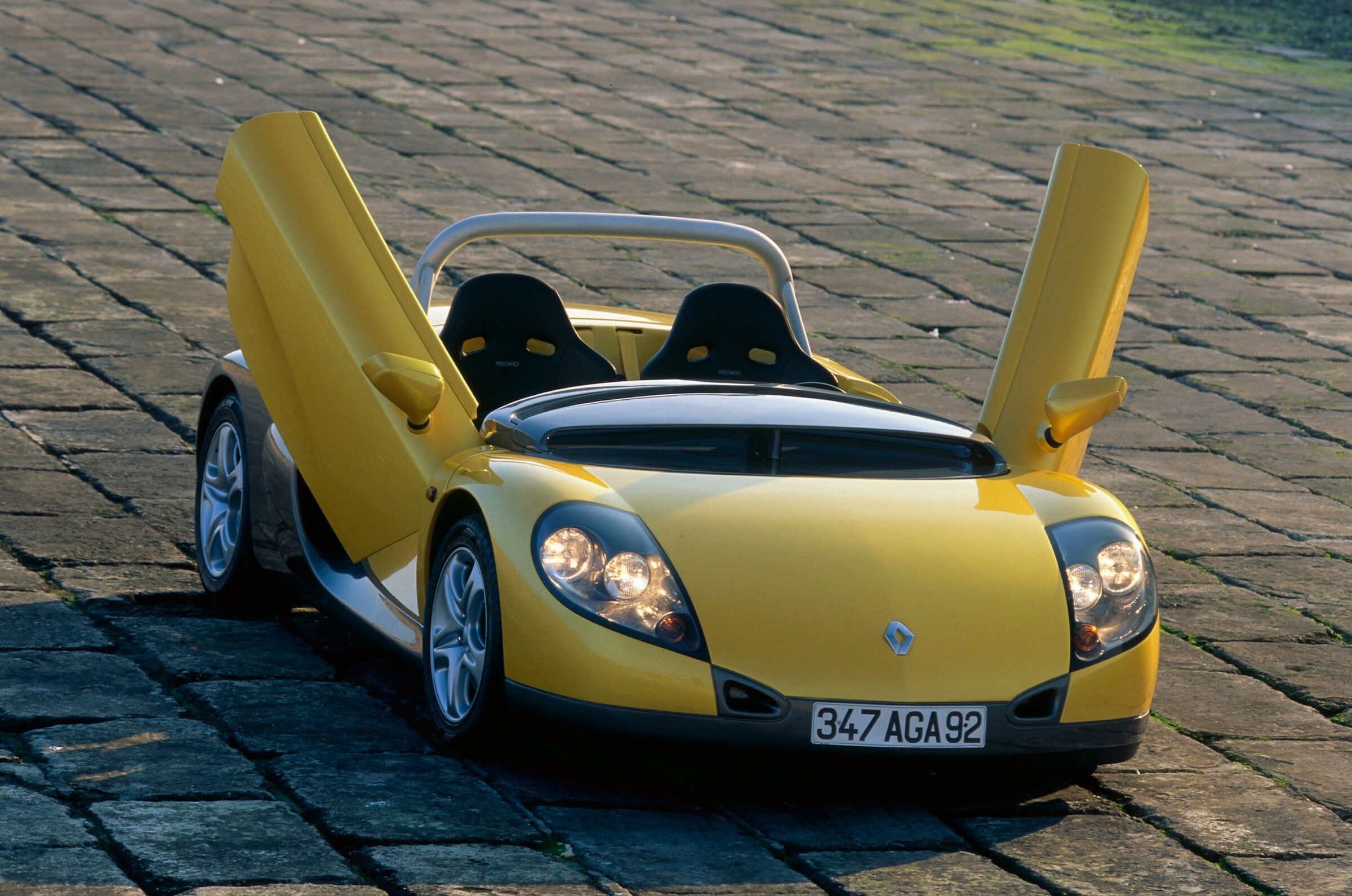40 Years of Seat Ronda
Some car models are so inconspicuous that many people don’t even notice their absence on the road. One example of this made its debut in Spain 40 years ago and also made its way to the European market the following year. It came from the most successful Spanish automaker, which had already produced more than five million vehicles by that time. We’re talking about Seat and the compact car called the Ronda. Don’t know it? Doesn’t surprise us. Probably only a few copies still exist outside of Spain. Because, unfortunately, the Ronda hadn’t only its body shape in common with another European car, but also the tendency to corrosion. Seat was founded in 1950 with the help of Fiat. It is true that in the early 1980s a process of cutting the cord and becoming independent began. However, the Ronda was still based on the Fiat Ritmo, which had been around since 1978. From 1979 Seat had offered the Ritmo almost identical in construction and under the same model name.
Optical changes
As a result of the aforementioned efforts to get away from the Fiat Group, the car received a major facelift in 1982 parallel to the Fiat Ritmo and the new name Ronda. However, Seat only adopted the five-door body style. While larger taillights were also used on the Italian model, Seat also built independent angular headlights with triangular turn signals on the front of the vehicle. On the Ritmo, the turn signals were much smaller and sat next to round dual headlights. The door handles, bumpers and complete interior also differed from the Fiat. In addition, the Spanish brand used a different engine lineup than the Italians. There was the 1.2 with 47 kW/64 hp, the 1.6 with 68 kW/93 hp and the naturally aspirated diesel 1.7 D with 41 kW/56 hp. In the background, a collaboration with Porsche was already underway to develop a completely new four-cylinder engine lineup and transmission generation. These made their debut in 1984 together with the very first Ibiza.
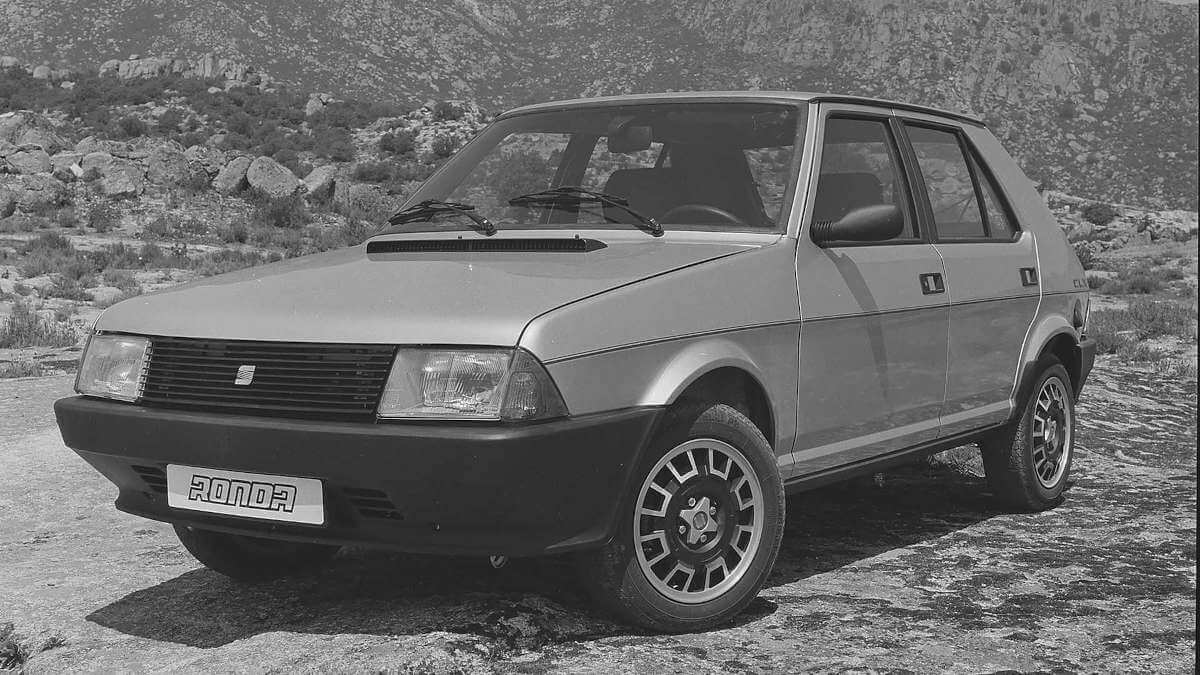



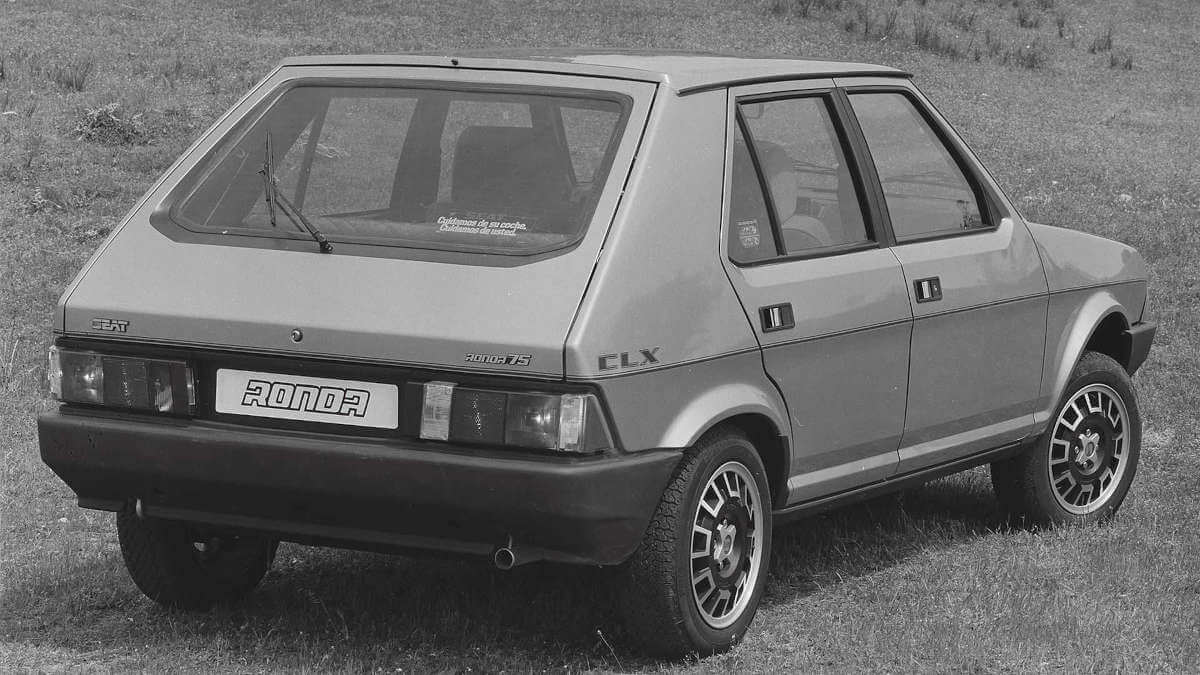













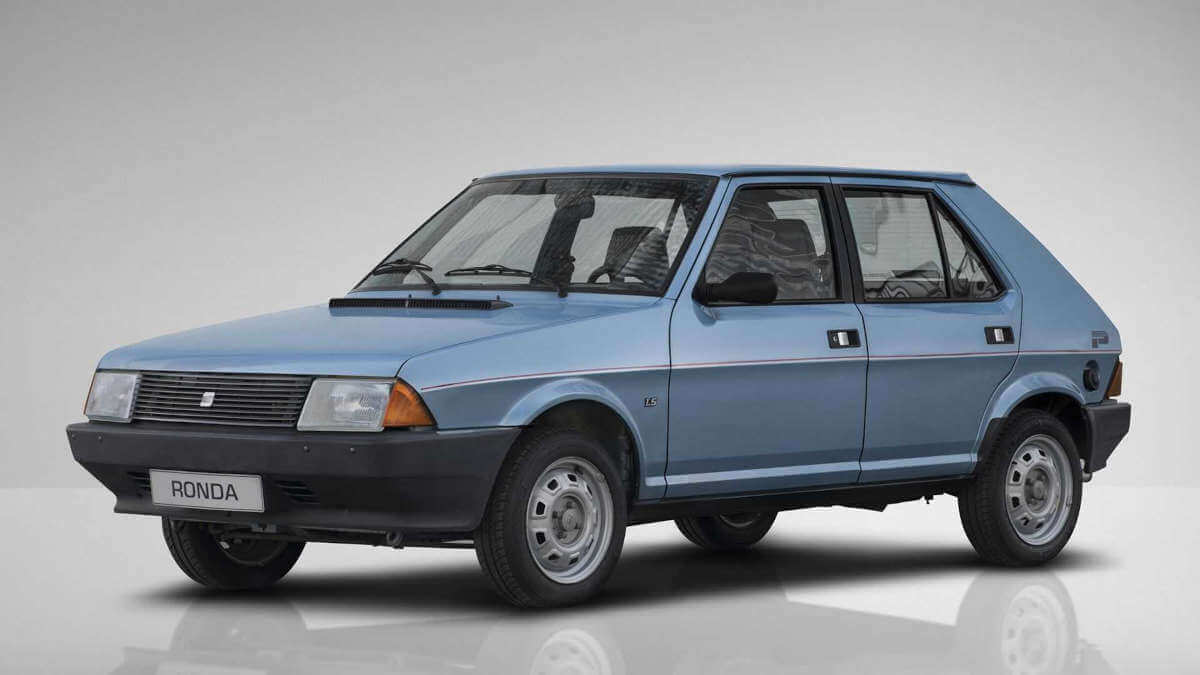



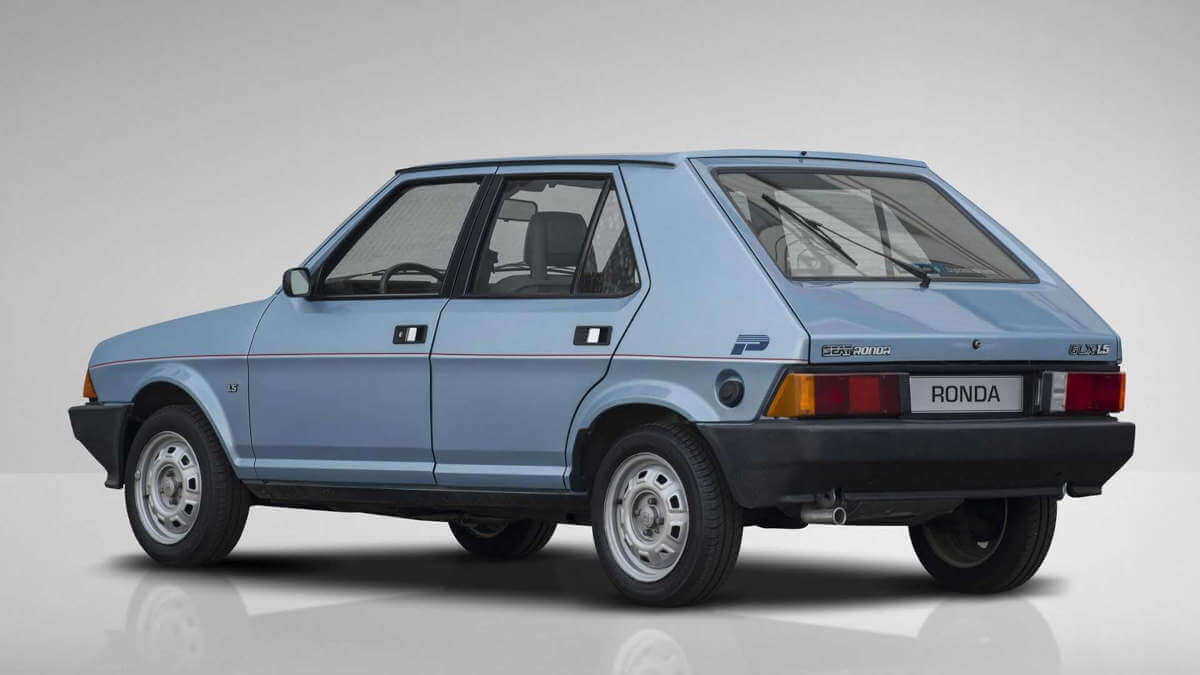



















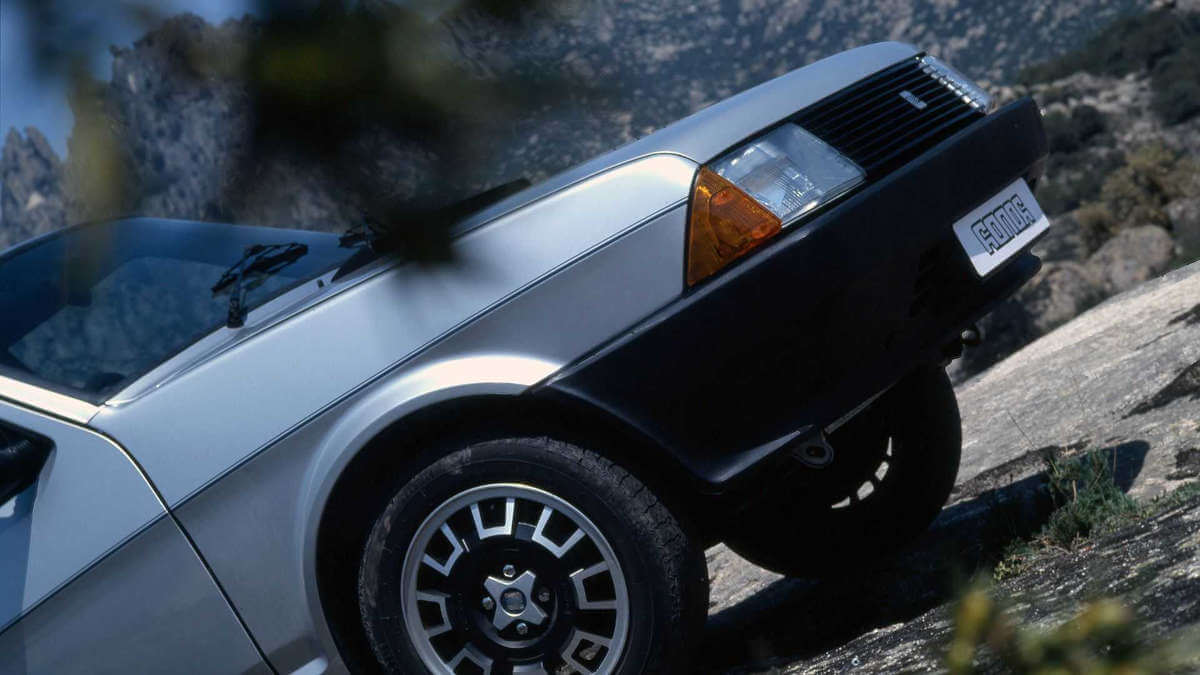









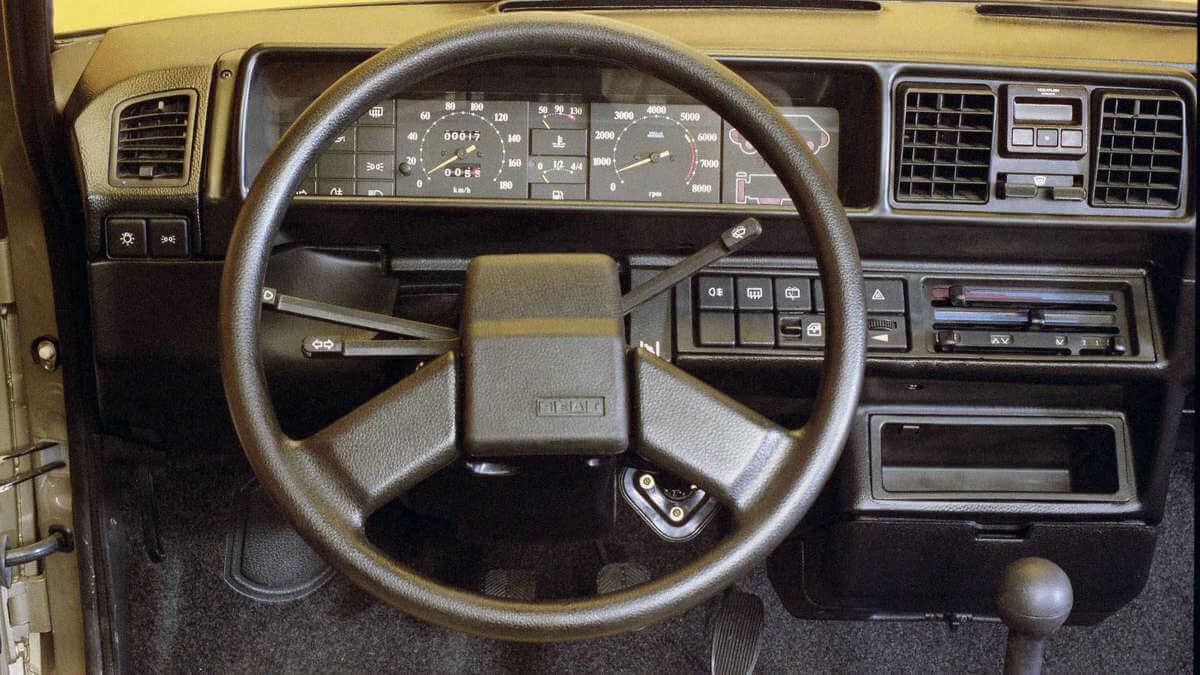

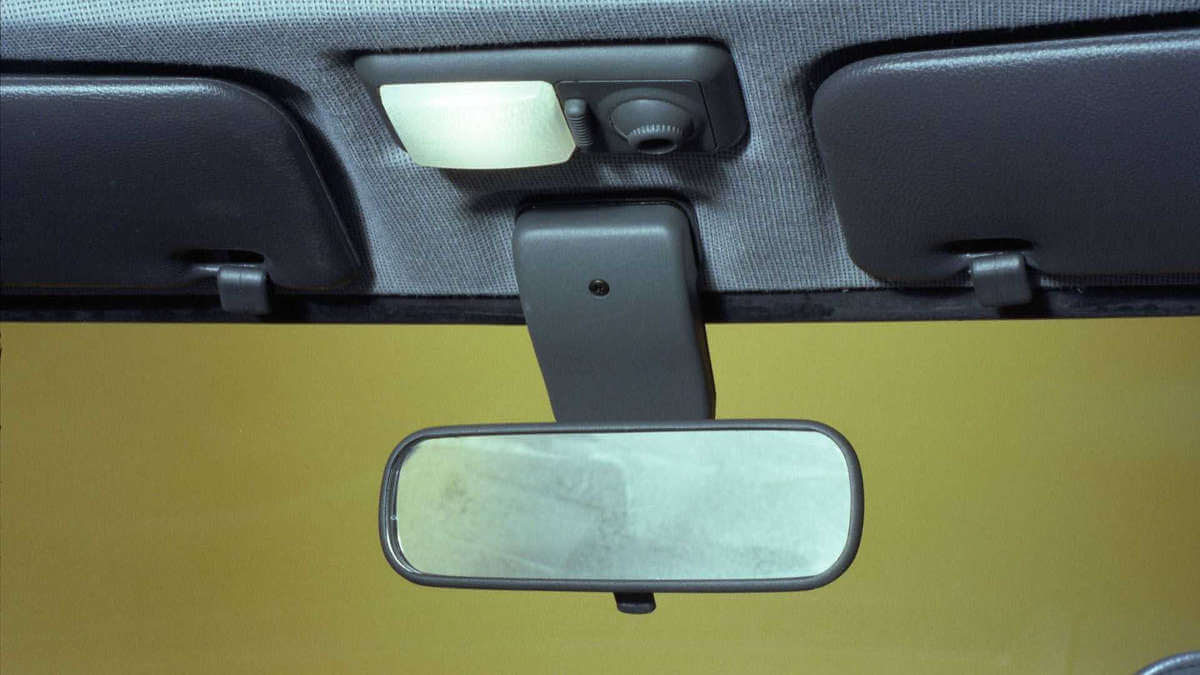



New engines from Porsche
However, Seat also installed the new engines in the Ronda. While the diesel remained unchanged in the range, there were now three gasoline engines. The P 1.2 had 46 kW/63 hp and the P 1.5 63 kW/85 hp. Above this, the Crono with 88 kW/120 hp from two liters of displacement was the new top model in Spain. In addition, Seat expanded the model range at the beginning of 1985 with the notchback version Malaga, which completely took over the position of the Ronda at the end of 1986. A five-door compact hatchback wasn’t available until 1999 with the Leon. Shortly after Seat decided to sell cars outside Spain in the future, cooperation with Volkswagen and Audi began. Because of this, the lower Spanish labor costs and the Ronda, which still looked a lot like the Ritmo, all alarm bells were ringing in Italy. The Ronda was cheaper and would thus steal market share from Fiat. The Italian company subsequently tried every trick in the book to prevent this from happening.
Court case against Fiat
Fiat even tried to prevent the official type approval of the Ronda. In the end, however, Seat succeeded in doing so by sending the Belgian importer to Luxembourg with the corresponding cars. As a result, Fiat took the matter to the court of the International Chamber of Commerce in Paris. For this trial, Seat produced a specially painted Ronda as evidence. All components that had been changed in comparison to the Fiat Ritmo were colored bright yellow, while the rest wore glossy black. This car is still part of the Seat Heritage collection today and quickly convinced the judges that enough changes had been made. As a result, Seat was able to exhibit for the first time at the 1983 Frankfurt Motor Show (IAA). The first Seat model named after a Spanish city rolled off the assembly line some 178,000 times. If you want one today, you’ll probably have to start searching in Spain.
Images: Seat


